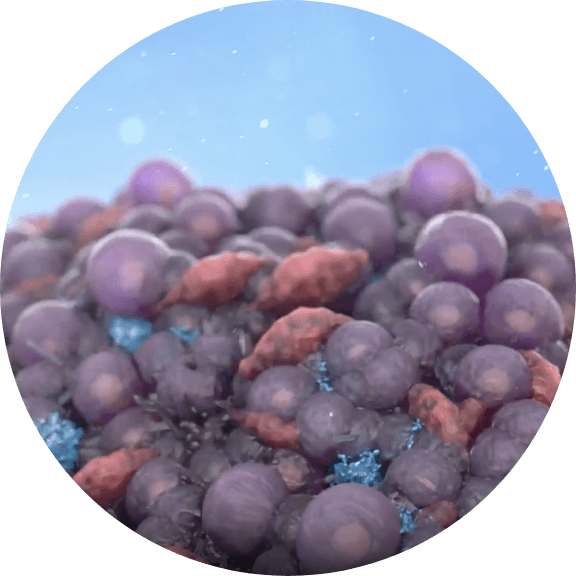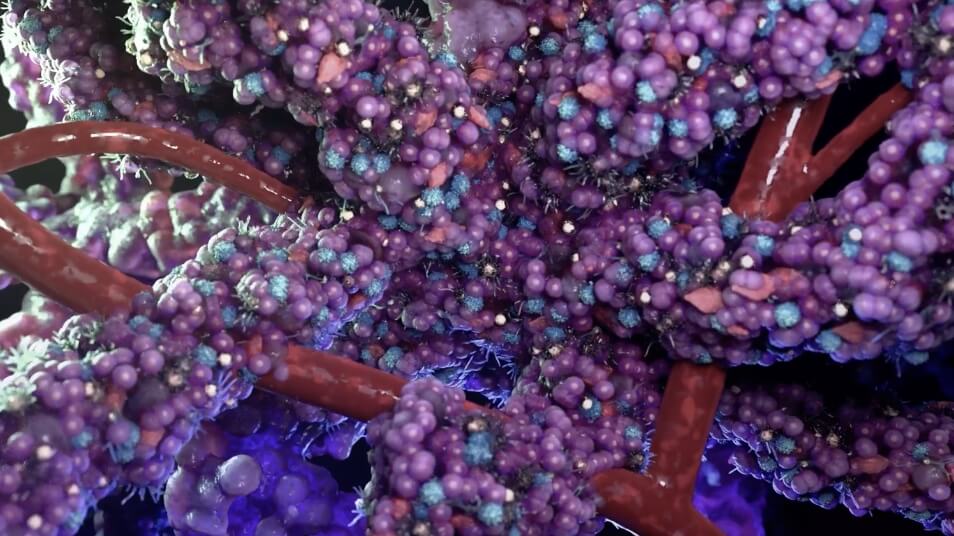Save time and money using our validated, correlative models




Our proprietary KIYA-Predict™ technology optimizes the in vitro assessment of drug-on-tumor cell interaction in the drug development process so you can better understand how drugs interact with tumor cells before moving on to more costly in vivo studies.
We offer tailor-made contract services specifically designed to meet your needs and requirements.
Revolutionize drug testing and research with our expansive services

KIYA-Predict Drug Response Screening
High throughput assay to assess therapeutic efficacy and immuno-oncology functionality using primary patient cells or patient-derived xenograft (PDX) tissues.

3D Perfusion Microtumor Platform
Patient-derived primary cells or PDX tissues are dissociated and embedded in a 3D perfusion system to allow for fluid exchange and growth to perform long-term studies.
Organoid Model
Development
PDX Model Validation
2D Cell Culture
Custom Study Design
Organoids can be developed from patient-derived cells or PDX tissues to investigate disease mechanisms, test potential therapies, and predict treatment response.
Our collaboration with XenoSTART allows us to utilize highly characterized PDX tissues for ex vivo analysis. The demonstrated strong correlation between our ex vivo platform and XenoSTART’s in vivo platform allows clients to be more selective in the models they utilize in vivo, cutting down on costs and time.
Beside our proprietary 3D cell culture platforms, we also offer 2D cell culture technology—all of which can be used to support all areas of drug discovery.
Our goal is to be an extension of your lab, working closely to customize programs that fit your needs in the drug development life cycle. With our variety of platforms, we can provide answers to key questions allowing your program to advance more efficiently.
Tumor spheroids are more cost effective than animal models, are highly translatable to the clinic, and provide precise, accurate results within weeks.
Realize efficiency and savings at every step
- Discovery: Cellular dynamics, target analysis, cell/component analysis, whole tumor analysis, 2D/3D cell profile
- Target validation/lead-op: 3D spheroid screen with multiple drugs and customized readouts, combination studies, target confirmation
- Candidate selection: Indication-specific drug efficacy, routine efficacy screening, cell type validation/ex vivo microtumor analysis
- Preclinical development: Patient-derived xenograft (PDX) model selection/correlation in microtumor, efficacy readout on a translationally accurate model, triage final candidates
- Clinical validation: Companion diagnostics during trials, phenotypic response, patient selection, trial response outcomes, generation of ex vivo human models for future studies
Realize efficiency and savings at every step
Case studies
KIYA-Predict’s PDX model screening delivers robust results for pharma partners
Wide-scale screening: Our platform has assisted over 100 PDX models and 10+ pharmaceutical companies.
Efficient ex vivo screening: Through collaboration with XenoSTART, we offer time and cost-saving ex vivo tumor screening services.
Rapid and robust results: KIYA-Predict screens dozens of PDX models with 80-100% correlation in less than a month, supporting data-driven success in drug response prediction.
Validating our 3D spheroid platform for predictive testing2
Patient enrollment: 154 women diagnosed with ovarian cancer were enrolled; 92 were eligible with newly diagnosed and treatment-naïve ovarian cancer.
Progression-free survival (PFS): A significant difference was seen in median PFS between patients prospectively test-predicted to respond to first-line platinum-based chemotherapy (>20 months) and those predicted not to respond (8 months)
(HR 0.0002, 95% CI 0.00001-0.003, p<0.0001).
Neoadjuvant chemotherapy predictions: Our 3D spheroid platform was proven to predict clinical responses to neoadjuvant chemotherapy in newly diagnosed ovarian cancer patients.
Survival benefit: A statistically significant 1-year relative progression-free survival benefit was observed in predicted responders.
Advancing ovarian cancer treatment through immune checkpoint inhibitors and 3D spheroid models3
Evaluating immune composition: Cells dissociated from fresh ovarian cancer tissue from 2 patients were evaluated before and after 3D culture to examine immune-related cell composition and PD-1/PD-L1 expression status.
Treatment approaches: 3D spheroids were treated with pembrolizumab or durvalumab as monotherapies and in combination with olaparib.
Functional immune cells: The platform demonstrated the functionality of immune cells, with cytokine stimulation leading to
increased cytotoxic T-cell activation and dendritic cell major histocompatibility complex (MHC) class-II expression.
Synergistic potential: The study revealed that immune checkpoint inhibitors targeting PD-1/PD-L1, while modest as standalone
therapies for ovarian cancer, show promise in combination with PARP inhibitors. This combination therapy approach holds
potential for enhanced patient outcomes.
References: 1. Data on file. 2. Shuford S, Wilhelm C, Rayner M, et al. Prospective validation of an ex vivo, patient-derived spheroid model for response predictions in newly diagnosed ovarian cancer. Sci Rep. 2019;9(1):11153. 3. Appleton KM, Elrod AK, Lassahn KA, Shuford S, Holmes LM, DesRochers TM. PD-1/PDL1 checkpoint inhibitors in combination with olarparib display antitumor activity in ovarian cancer patient-derived three-dimensional spheroid cultures. Cancer Immunol Immunother. 2021;70(3):843-856.

